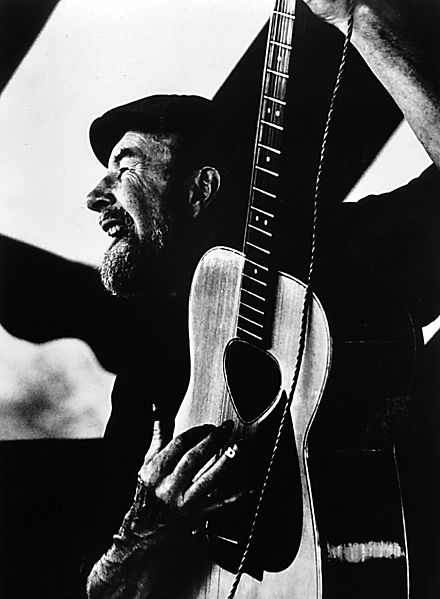 |
| President Obama (Source: Wikimedia commons) |
By the standard to which I held Iowa Governor Terry Branstad two weeks ago--"Someone in a poor section of town, or a town that is seeking to be stronger and more resilient, would find little encouragement in this speech"--Tuesday's State of the Union address was not much, either. President Barack Obama justifiably spent more than two-thirds of his 65-minute address on the topic of economic opportunity, which is a huge problem at the core of most issues affecting American communities. He was right to do this, and his introductory theme was strong: Noting the widely-known contrast between super success at upper-income levels with the lack of opportunity in the middle and bottom, he appealed to American values, saying "Opportunity is who we are... The defining measure of our generation must be to restore that promise." He articulated the problem in a way that makes clear he gets it. But what followed consisted of quick discussion of a flurry of proposals without details or explanation, or in some cases (such as pay equity for women) even completing the idea.
Partly this is because the State of the Union address has long ago evolved into a laundry list. It is difficult with this format to create attention to or momentum for any idea, and difficult to speak directly to ordinary people. The circus-like atmosphere surrounding the speech allows the president to make a personal impression, and that's important to his political standing, but doesn't advance ideas. Maybe it's time to experiment with the medium, as Vermont Governor Peter Shumlin did this year (and indeed Obama has done with his 2008 Democratic convention acceptance speech).
Obama also is in an awkward political position because of the poisonous politics of the capital. Reflexive Republican opposition to him means congressional passage of anything he proposes is problematic. So he made some passing jibes at Congress and talked about encouraging businesses to act on their own to raise wages, hire veterans and the long-term unemployed, and so on. Where he can do things by Executive Order, such as requiring federal contractors to pay a $10.10 minimum wage, he will do that.
So I would have liked Obama to present a clear, accessible assessment of the American economy--starting with what has been accomplished by way of recovery and what remains to be done (which he pretty much did), but then following with a thorough explanation of why knowledgeable people think opportunity is constricting, and exploration of alternatives to address it. That could have both addressed the public's anxiety and laid the basis for congressional action. His speech last night may have had political and policy goals, but it's hard to imagine either was accomplished. The policies whizzed by too fast, and it's hard to imagine a disaffected independent responding to the speech with "I had my doubts about Obama, but with that State of the Union I'm back in the fold."
I'm severely jangled by the thought that one reason the President did not choose that approach is that neither he nor anyone else has much of an idea how to respond to economic changes in our global, post-industrial world. Raising the minimum wage, which appears to be the principal policy initiative, is a start, but hardly addresses the unemployed, or the working poor who make above the minimum wage, or the future prospects of today's high school and college students. Is this all we've got? Oh dear.
[About the vague, platitudinous response by Rep. Cathy McMorris Rodgers (R-Washington), the less said, the better. The Republican Party, at least nationally, certainly is not a party of ideas.]
MORE
The 2014 State of the Union address is available, enhanced with images and stats, at http://www.whitehouse.gov/photos-and-video/video/2014/01/29/2014-state-union-address-enhanced-version
The brilliant and wise Wayne Moyer of Grinnell College has a more favorable view of the State of the Union from Iowa Public Radio's "River to River" at http://iowapublicradio.org/post/mixed-reviews-2014-state-union ...also features Donna Hoffman of University of Northern Iowa
John Murphy [University of Illinois], "The State of the Union," Oratorical Animal, 29 January 2014, http://oratoricalanimal.typepad.com/oratorical_animal/2014/01/the-state-of-the-union.html
Andrew Rudalevige [Dickinson College], "SOTU 2014: Another Laundry List After All," The Monkey Cage, 29 January 2014, http://www.washingtonpost.com/blogs/monkey-cage/wp/2014/01/29/sotu-2014-another-laundry-list-after-all/









